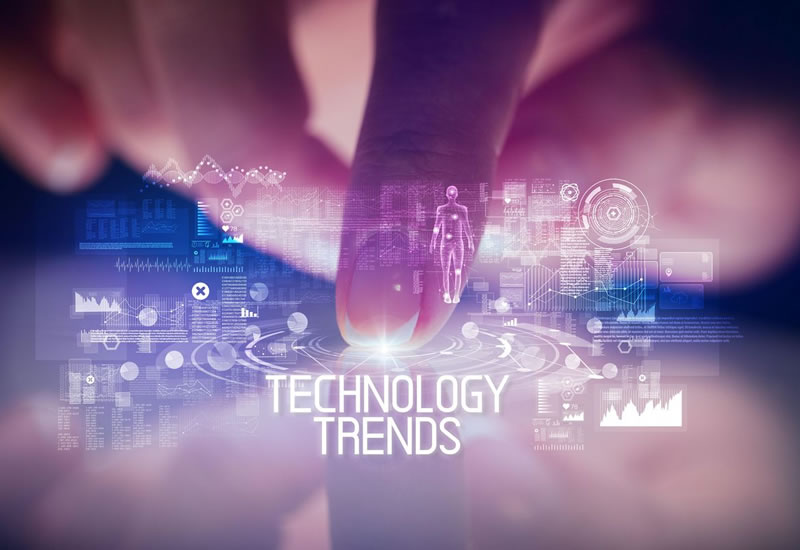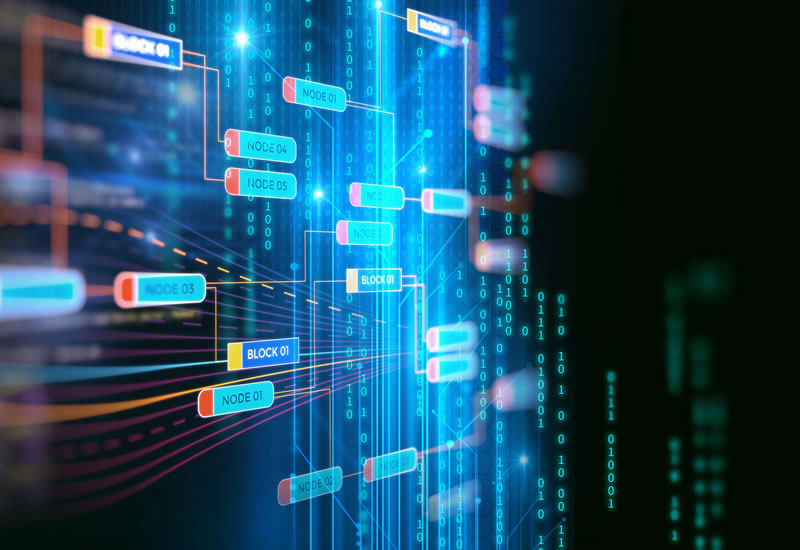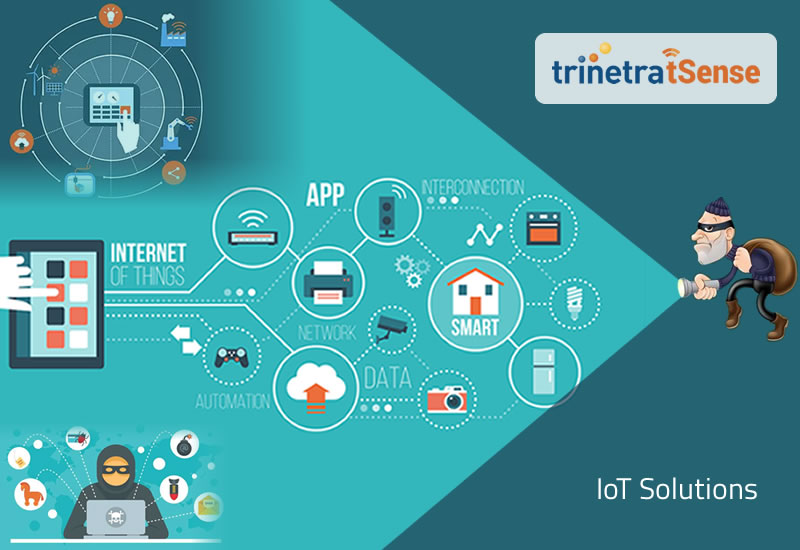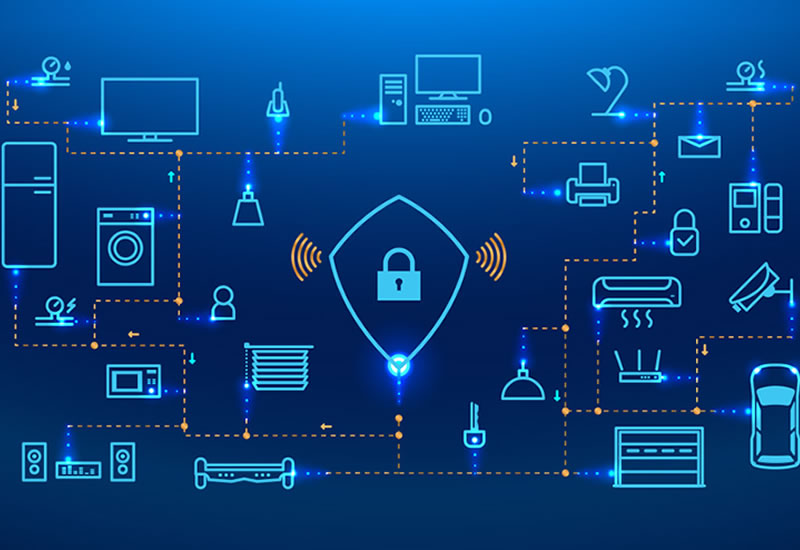IoT solutions are getting increasingly deployed in most industries and more widely accepted elsewhere too. Some strong trends in IoT will be affecting our industries in the days to come. Industrial IoT is rapidly evolving and according to Gartner we can expect many billions of IoT devices connected this year. So, what trends will impact industries and those who would be deploying IoT, is what we will see here further.
Using the SaaS platform for IIoT.
Software as a Service, or SaaS, has become a norm in our world moving forward in digitisation and is a strong trend. SaaS for IIoT comes as a web-based software application, which is used to access and assimilate data from any device or equipment. It works via the internet, on a web browser, or an application, accessible from anywhere with connectivity.
Securely connect your industrial equipment on the chosen SaaS platform to move on with your digital roadmap. Benefits are:
- Reduce time for implementation, or gestation and faster ROI.
- Lower cost and customisable for your requirements.
- Scalability and continuous upgrade.
- Proof of Concept and ease of use.
Empowering with Edge Computing
Edge computing is expected to surpass cloud computing in the days ahead. Edge computing technology collects & prepares data from the machines, or equipment, to transfer it to the IoT software and to quick start your IoT implementation. Edge tech can minimise data transfer to the cloud and then give you key insight into devices’ performance.
Using data for Preventive Maintenance.
As a result of IoT integration and data generation, predictive maintenance applications will put to use widely. Anyone can set up a proof of concept by analysing historical data to find occurrences and identify when maintenance was required, the set alerts required for predictive maintenance. Customisation can be done for every equipment on the platform. It can be supported by a mobile application for extracting real-time insights and to share data effectively.
Adding Cyber Security.
With the alarming rise of cybercrimes worldwide, cyber security for IIoT data must be taken up seriously when implementing it on the platform for your industry. Secure the IoT solution from top to bottom to protect data, prevent threats, breaches, hacking and for monitoring 24×7 the SaaS platform.
Wireless Connectivity is trending.
In the context of the ‘smart factory’ and IIoT the interconnectivity of sensors and industrial assets will be the biggest challenge for the IIoT solution. Several recent innovations, besides WiFi (like NB-IoT, LTE-M, Sigfox, LoRaWAN), have arrived and are being deployed widely to improve operational efficiencies. The latest adoption of 5G technology will revolutionise connectivity for industry and commerce.
Wider Use of Data Analytics.
Data analytics for IIoT would be different from the usual data management paradigms found. Collecting, sorting and storing the huge cache of data is only one part of the task. The next big task is to create insights out of it and make the data actionable to make the operations better and productive by using data analytics and cloud computing tech.
To Conclude.
Studies point that around 7.6 billion IoT devices will be active and connected by Interne of Things platforms by end of this year. This inevitably means that data traffic will also cascade radically, as it’s expected to hit 24 billion devices mark by 2030. To meet such a massive demand, we need a reliable software, networks and the spectrum to support such prolific IoT deployments.
Browse our Trinetra Tsense website to know more about our solutions.
Or you can submit an enquiry or send a request. You also can discuss about your requirements and plans with our team of professionals to get clarity and direction.












